A new acoustic microfluidic method offers opportunities to conduct experiments with swimming cells and microorganisms. With it, ultrasonic waves like those used for imaging are able to hold a cell’s body in place without affecting the way it swims.
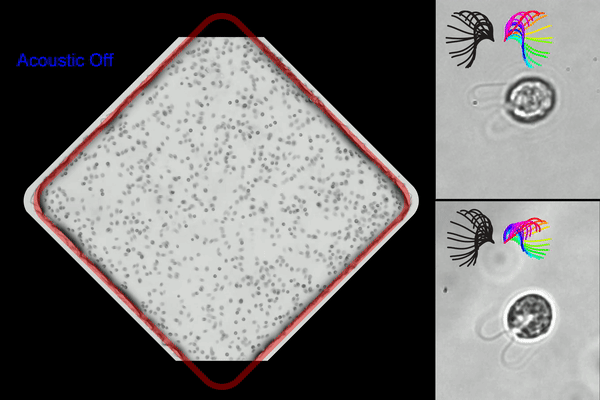
news, journals and articles from all over the world.

A new acoustic microfluidic method offers opportunities to conduct experiments with swimming cells and microorganisms. With it, ultrasonic waves like those used for imaging are able to hold a cell’s body in place without affecting the way it swims.
In Biomicrofluidics, scientists reveal their development of a new type of prosthetic using microfluidics-enabled soft robotics that promises to greatly reduce skin ulcerations and pain in patients who have had an amputation between the ankle and knee. They started with a recent device that uses pneumatic actuators and miniaturized the actuators by designing a microfluidic chip with 10 integrated pneumatic valves to control each actuator. The control box is small and light enough to be worn as part of the prosthesis.
Scientists have grown small amounts of self-organizing brain tissue, known as organoids, in a tiny 3D-printed system that allows observation while they grow and develop. The advance uses 3D printing to create a reusable and easily adjustable platform that costs only about $5 per unit to fabricate, and the design includes imaging wells for the growing organoids and microfluidic channels to provide a nutrient medium and preheating that supports tissue growth. The work is reported in Biomicrofluidics.
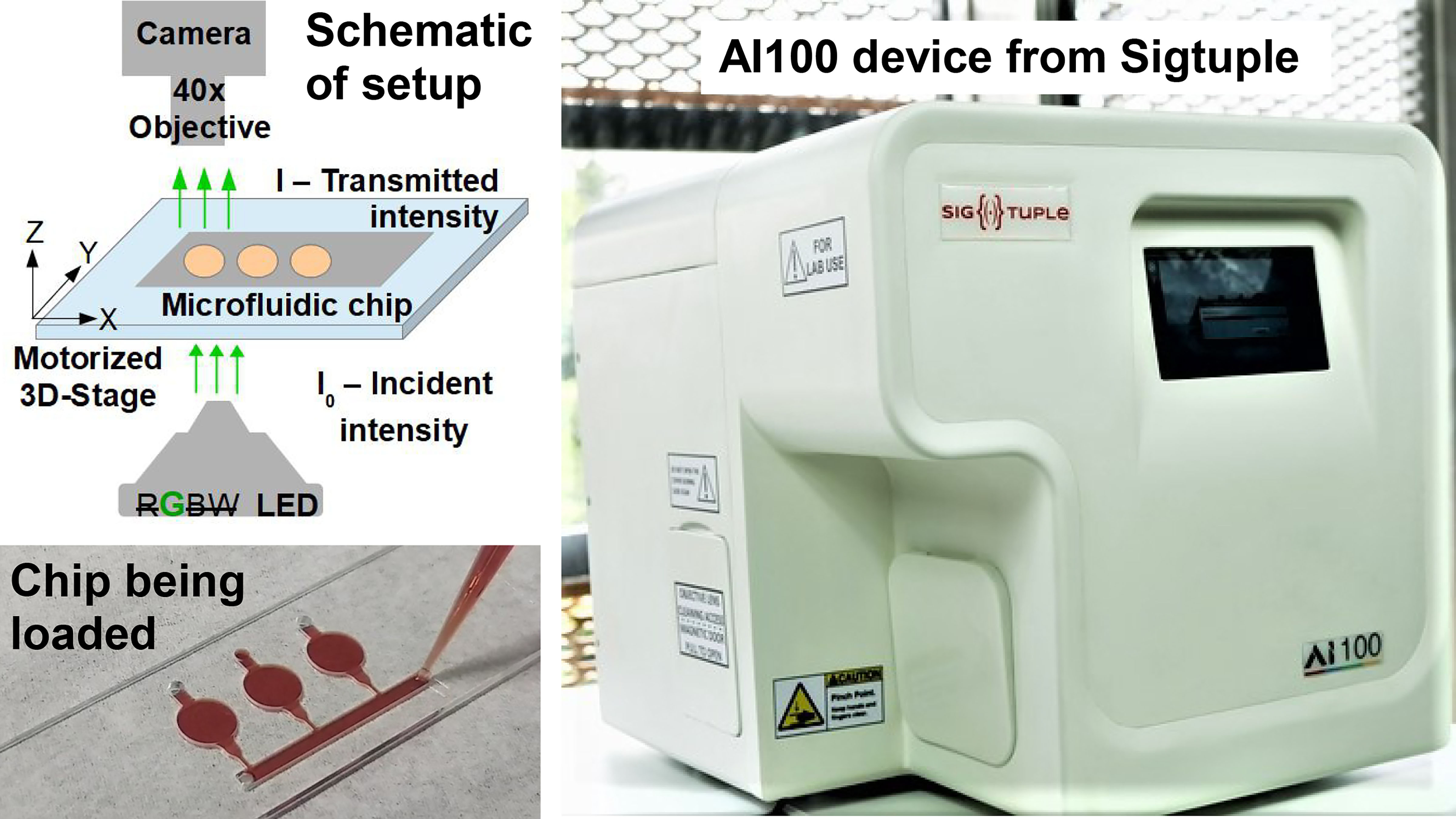
A complete blood count can help ascertain the health of a patient and typically includes an estimate of the hemoglobin concentration, which can indicate several conditions, including anemia, polycythemia, and pulmonary fibrosis. In AIP Advances, researchers describe a new AI-powered imaging-based tool to estimate hemoglobin levels. The setup was developed in conjunction with a microfluidic chip and an AI-powered automated microscope that was designed for deriving the total as well as differential counts of blood cells.
The October issue of SLAS Technology features the cover article, “Role of Digital Micro uidics in Enabling Access to Laboratory Automation and Making Biology Programmable” by Varun B. Kothamachu, Ph.D., Sabrina Zaini and Federico Muffatto (Digi.Bio).
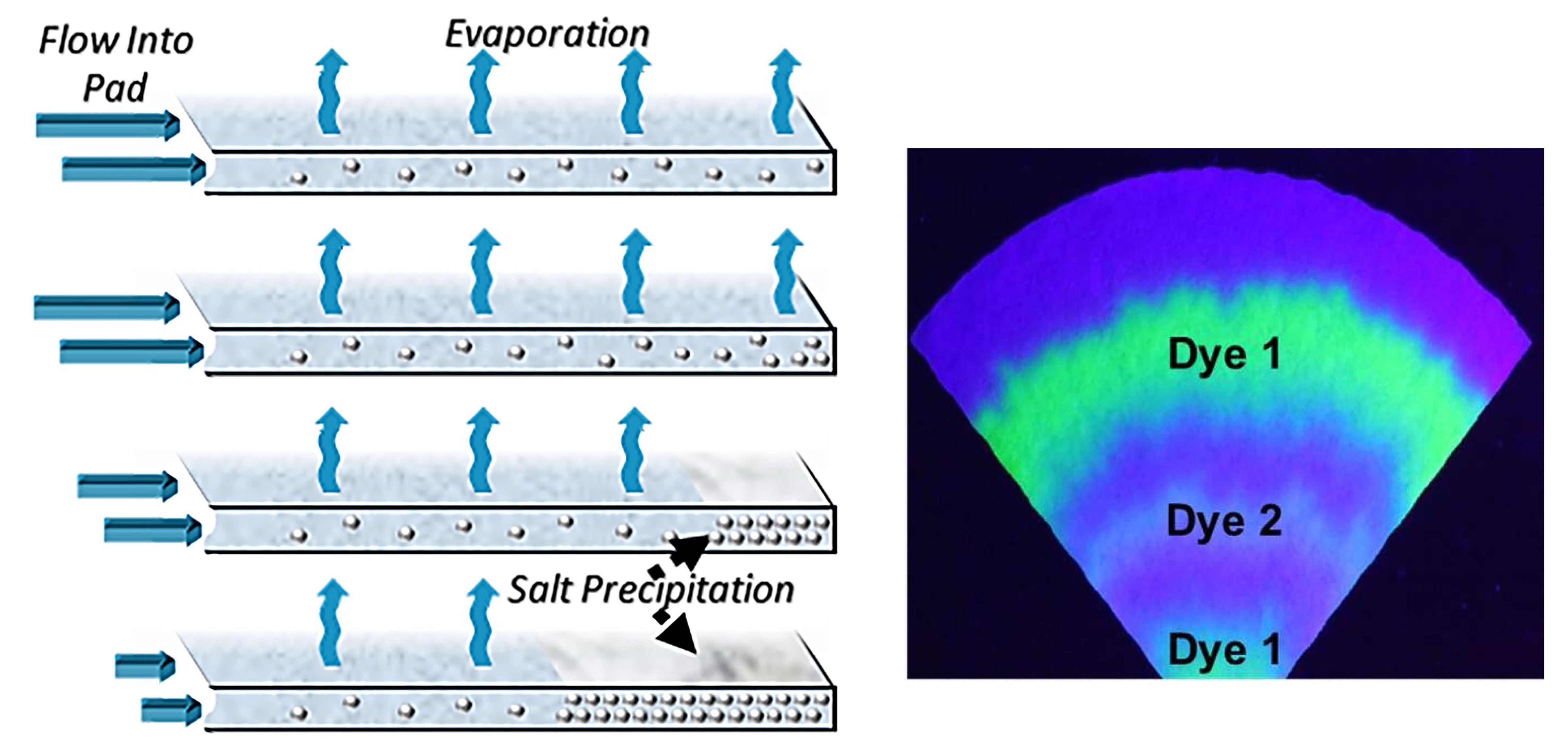
Researchers at North Carolina State University have constructed a paper-based device as a model of wearables that can collect, transport and analyze sweat in next-generation wearable technology. Using a process known as capillary action, akin to water transport in plants, the device uses evaporation to wick fluid that mimics the features of human sweat to a sensor for up to 10 days or longer. They discuss their work in the journal Biomicrofluidics.
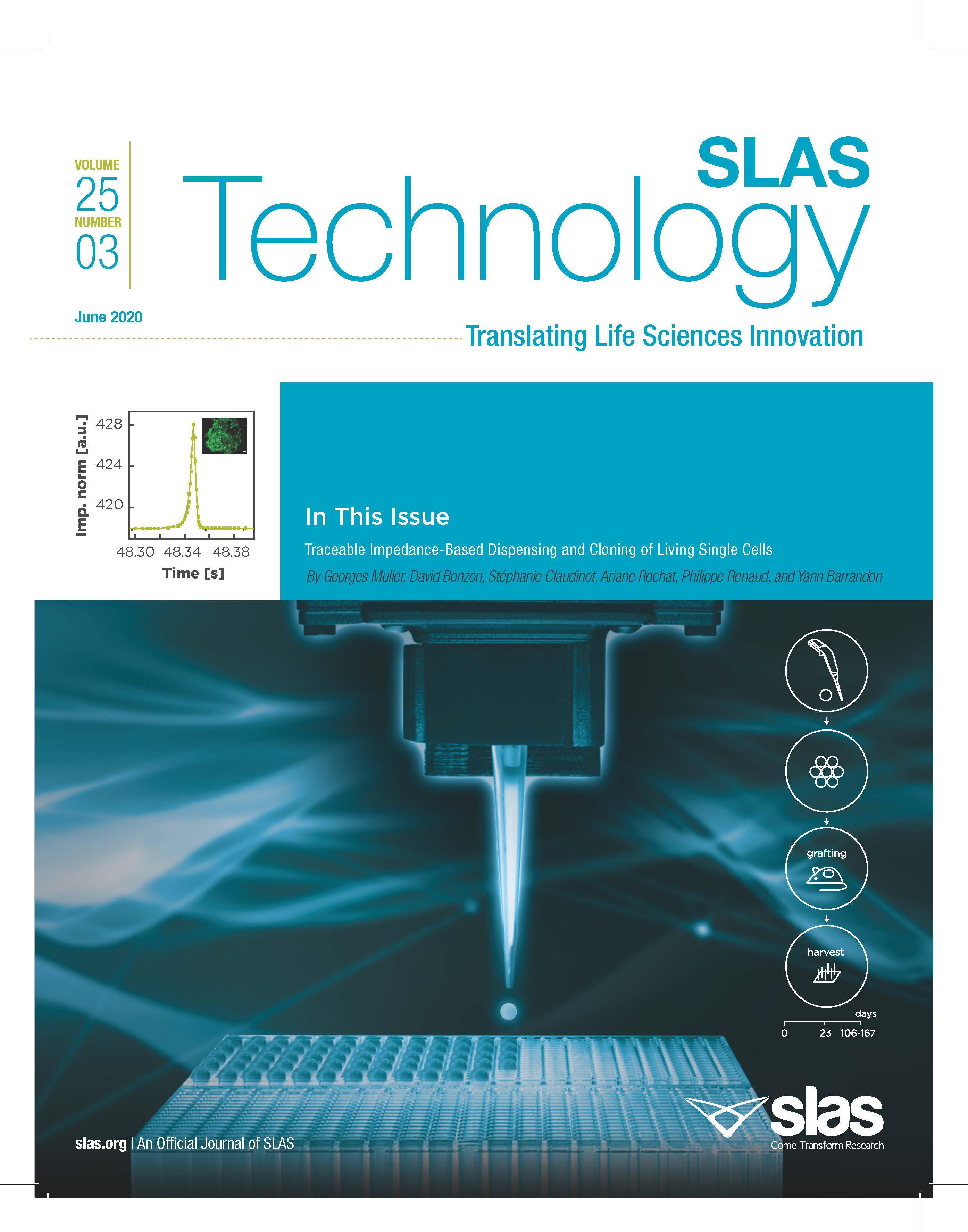
The June issue of SLAS Technology features two related research papers authored by Georges Muller, Ph.D., (SEED Biosciences, Switzerland) the SLAS2019 Ignite Award winner and a top ten 2020 SLAS Innovation Award finalist. Both of Muller’s contributions to the issue include research based on a single-cell cloning method and pipet his teams created to help solve efficiency and regulatory issues.
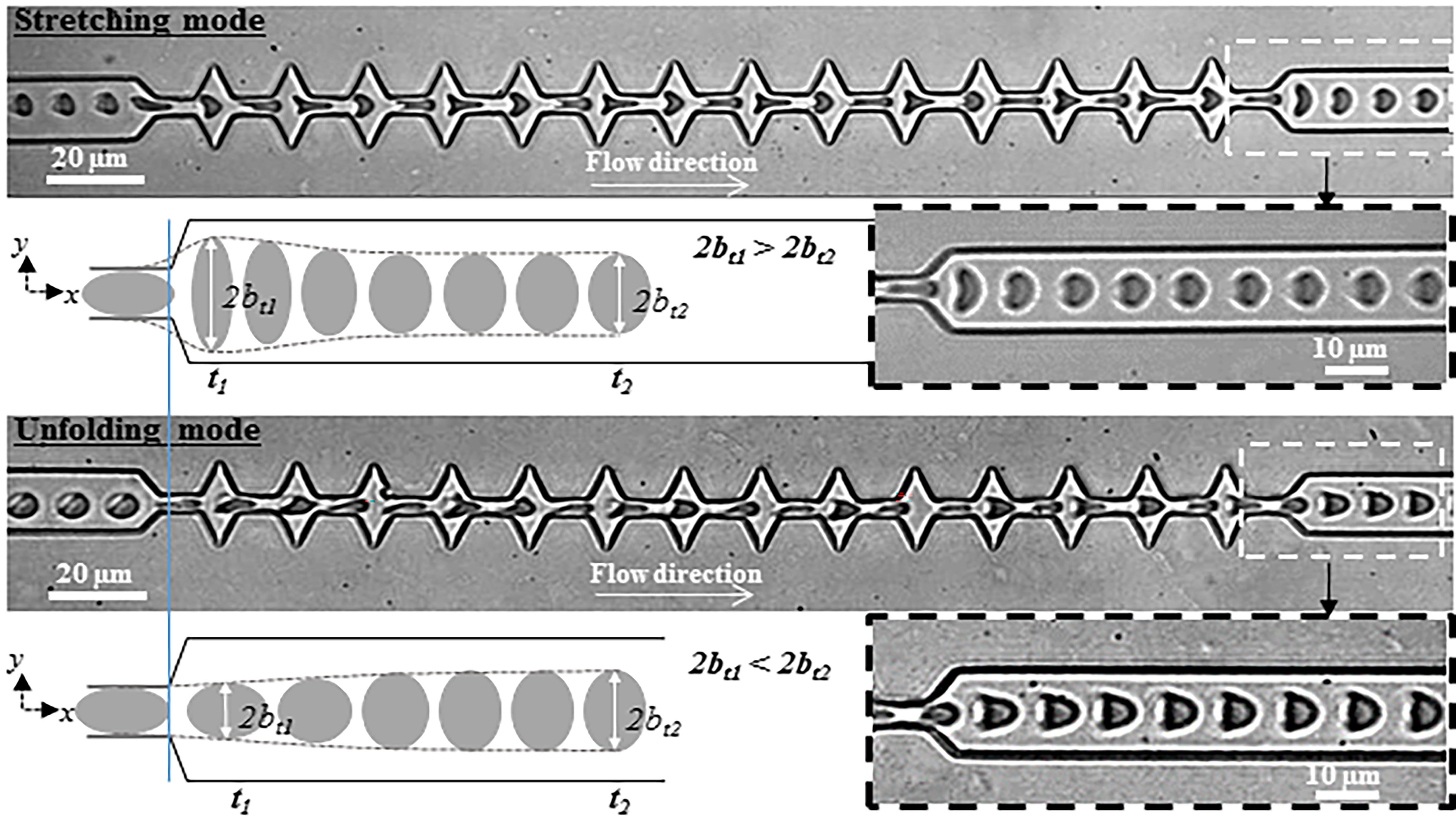
In this week’s Biomicrofluidics, a method to characterize the shape recovery of healthy human RBCs flowing through a microfluidic constricted channel is reported. This investigation revealed a coupling between the cell’s mechanical properties and the hydrodynamic properties of the flow. In addition, the method could distinguish between healthy red blood cells and those infected by the malaria parasite. This suggests a possible new technique for diagnosing disease.
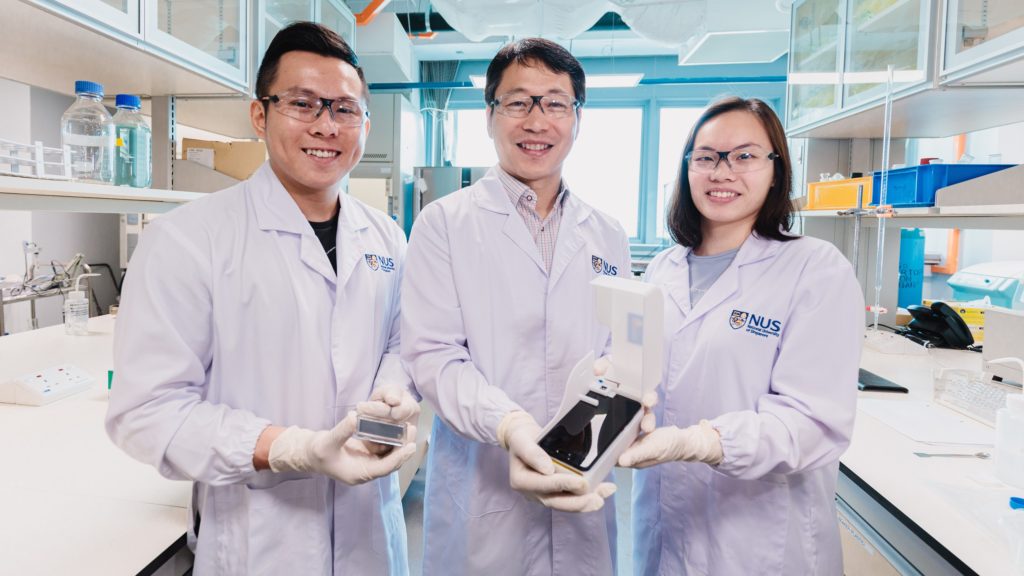
A team of engineers from the National University of Singapore has developed a highly sensitive system that uses a smartphone to rapidly detect the presence of toxin-producing algae in water within 15 minutes. This technological breakthrough could play a big role in preventing the spread of harmful microorganisms in aquatic environments, which could threaten global public health and cause environmental problems.
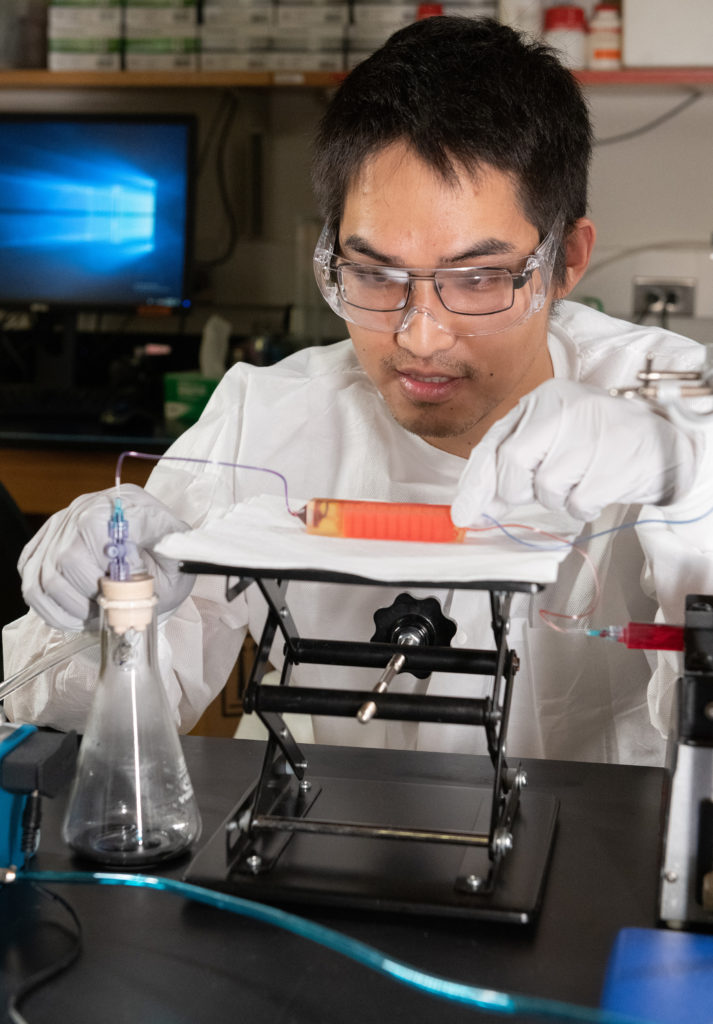
Finding a handful of cancer cells hiding among billions of blood cells in a patient sample can be like finding a needle in a haystack. In a new approach enabled by 3D-printed cell traps, researchers are removing the hay to expose the cancer cells.